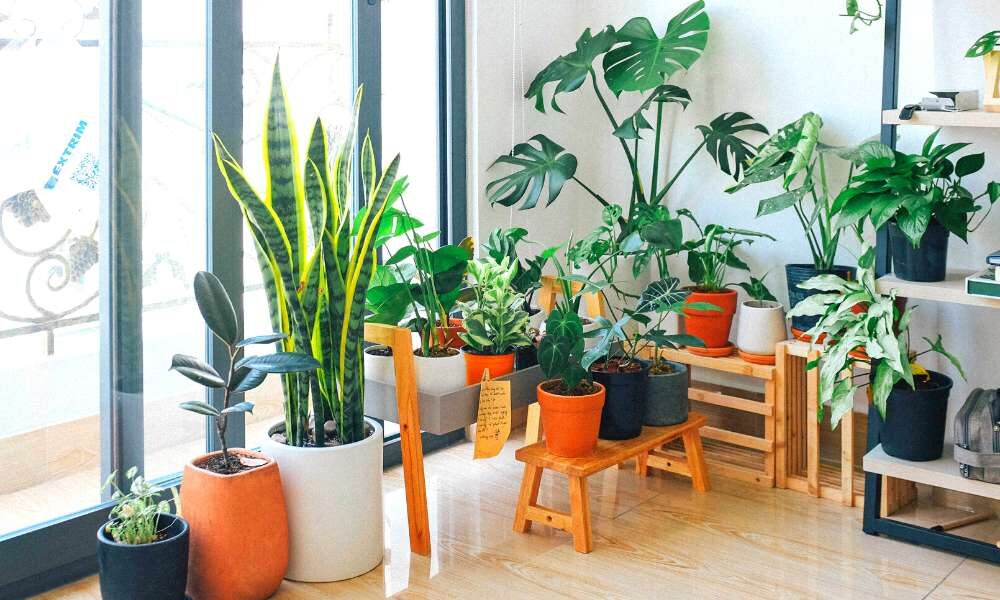There are a few ways to achieve ideal indoor humidity levels. One way is to use a dehumidifier. Dehumidifiers use cold air to remove moisture from the air and can help lower the overall humidity levels in a house. Another way to achieve desired humidity levels is to spray a room with a humidifier. Humidifiers use water vapor to increase the humidity levels in a room, and typically need to be refilled daily. In this article, we inform you how to How To Achieve Ideal Indoor Humidity In Your House. There are some easy guides to do that.
What Is The Best Humidity Level For A Home
A home’s humidity is important for a variety of reasons. Moisture is necessary for the health of plants, and it can also keep your home’s occupants comfortable. A high humidity level is also good for keeping pests away, as they cannot survive in environments with low humidity levels. To determine the best humidity level for your home, take into account the size of the space. The types of materials used in its construction, and your personal preferences.
What Is Low Indoor Humidity
There is no definitive answer to this question as humidity varies from person to person, but generally speaking, low indoor humidity levels can lead to dry skin, chapped lips, and respiratory issues. In some cases, it can also trigger allergies or asthma in people who are sensitive to certain chemicals or dust mites.
What Is High Humidity In A House
High humidity levels can be a serious problem in a house. Harsh air conditioning and heating can cause the indoor air to become incredibly dry, which can lead to health problems like asthma. If you’re experiencing high humidity levels in your home, there are a few things you can do to improve the situation. We always recommend consulting with a local IAQ.WORKS expert before any final decision or major purchase.
Comfortable Humidity Level And Healthy Indoors
Many people are unaware of the importance of humidity levels in their homes. Too much or too little humidity can have a negative impact on your health, both indoors and out. The level of comfort that you experience is heavily reliant on the humidity level in your home. A comfortable humidity level is between 50-70%. When the humidity level falls below 50%, the air becomes dry and itchy, while above 70% you can experience symptoms such as nasal congestion, headaches, and fatigue.
What Is A Good Indoor Humidity Level In Winter?
Indoor humidity in the winter can be an issue. Too low of a humidity level can cause the building to become dry, crack and even crumble. While too high of a humidity level can also be a problem, it can also cause problems such as mold growth and increased susceptibility to fires. The best humidity level for indoor comfort in the winter is somewhere between 40-60%.
What Is Normal Humidity In A House?
There is no one answer to this question as what is normal in a given climate will vary depending on the region, season, and time of year. However, generally speaking, house humidity levels should be in the range of 35-60 percent. Too high or low humidity can have negative effects on the health of residents, including causing respiratory problems and contributing to mold growth. It’s important to monitor humidity levels in your home regularly and make any necessary adjustments if necessary.
Final Thoughts
In conclusion, to achieve ideal indoor humidity in your home, you should take several measures. First, open all windows and doors to allow fresh air in. Second, use a humidifier to add moisture to the air. Third, avoid using electronic devices in high-humidity areas, as these can increase the level of moisture in the air. Finally, create a comfortable environment for your pets by providing them with areas of high humidity.




